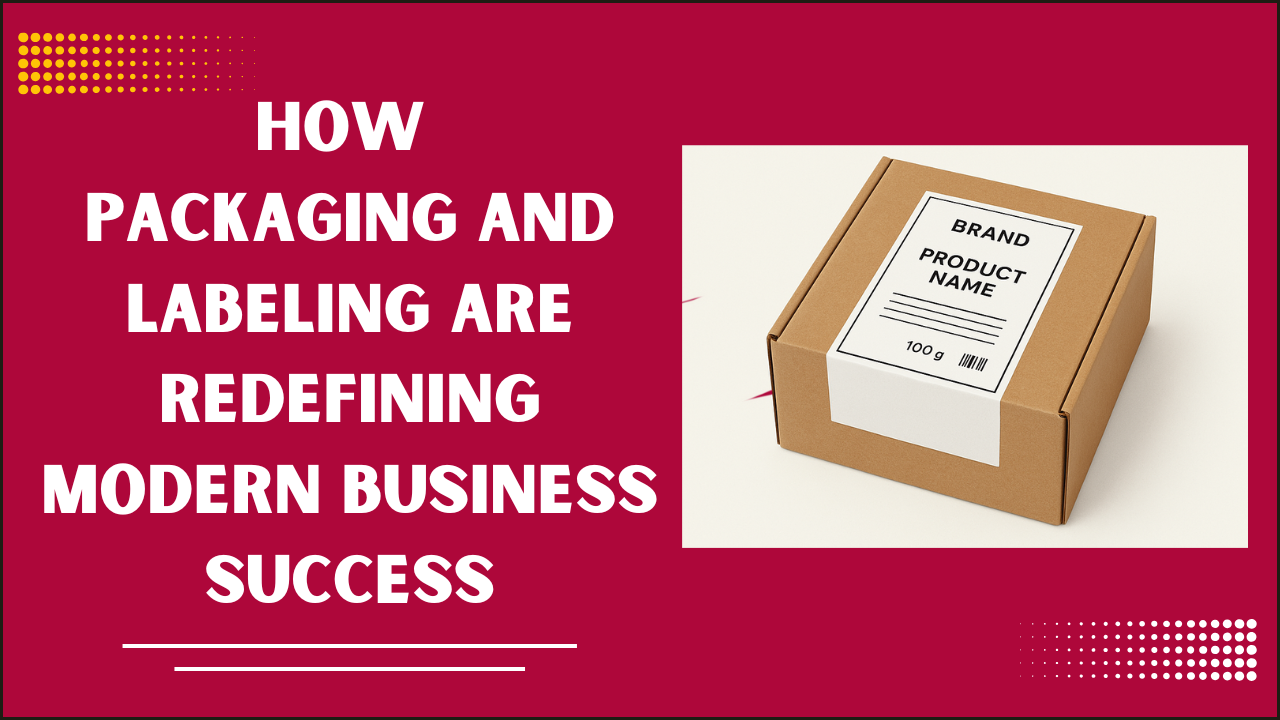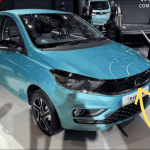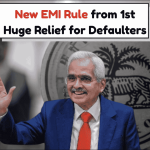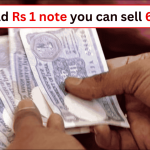
In a world that seems to push us to buy more, spend more, and own more, a new trend is quietly making waves—No-Buy 2025. It’s not just another internet challenge or a passing fad. It’s a cultural shift, especially among Gen Z, that’s encouraging people to stop and think before they swipe their cards.
What Is ‘No-Buy 2025’?
‘No-Buy 2025’ is part of a larger trend that started on platforms like TikTok under hashtags like #NoBuy and #LowBuy. The idea is simple: commit to not buying anything you don’t truly need for a whole year. Essentials like groceries, medicines, or hygiene products? Absolutely okay. But that third pair of sneakers, another face serum, or a new phone just because there’s a sale? That’s a no.
The goal? To break the cycle of impulsive shopping, reduce unnecessary spending, and shift toward a more intentional lifestyle.
Why Is This Happening Now?
There are a few big reasons why this trend is gaining popularity, especially with younger generations:
1. Economic Instability
With rising prices, student debt, and job uncertainty, many people—especially Gen Z—are feeling the financial pinch. Saving money has become more important than ever. The No-Buy movement offers a way to take control of spending and build better financial habits.
2. Environmental Concerns
Fast fashion, over-packaging, and tech waste are just some of the ways consumer culture harms the planet. By buying less, people are reducing their carbon footprints. It’s a small step with a big impact. And for many young people who care deeply about climate change, that matters a lot.
3. Mental Health Awareness
Believe it or not, constantly shopping can affect your mental health. It might feel good in the moment, but it often leads to guilt, clutter, and stress. The No-Buy mindset encourages people to slow down, be content with what they have, and avoid the pressure to “keep up” with trends.
The Role of TikTok and Social Media
TikTok is playing a huge role in spreading the word. Creators are sharing their No-Buy journeys, offering tips, challenges, and support. It’s turning into a supportive community where people cheer each other on and hold each other accountable.
From “What I didn’t buy this week” videos to budget-friendly DIY projects, content around this movement is showing that you don’t need to spend money to feel happy or productive.
What Does a No-Buy Year Look Like?
Every person approaches No-Buy 2025 in their own way, but here’s a common structure:
- Essentials only: Food, rent, bills, medicine, and basic hygiene items are allowed.
- No impulse buys: That means skipping sales, trendy gadgets, or unplanned shopping.
- Shopping bans in specific areas: Some people target problem areas like clothing, makeup, or tech.
- Gift and experience exceptions: Some allow spending on experiences or gifts, but with limits.
It’s not about being perfect—it’s about being mindful.
Tips to Start Your No-Buy Journey
Thinking of trying No-Buy 2025 yourself? Here are a few beginner-friendly tips:
- Make a list of your essentials. This helps you stay focused on what’s truly necessary.
- Identify your triggers. Do you shop when you’re bored? Sad? Stressed? Knowing your habits helps you break them.
- Unsubscribe and unfollow. Get off those brand mailing lists and unfollow influencers that tempt you to buy.
- Set goals. Whether it’s saving $5,000 or decluttering your space, having a reason helps keep you motivated.
- Track your wins. Celebrate small victories, like a month with no non-essential spending.
The Emotional Side of Buying Less
Many people find that the No-Buy lifestyle brings more than just financial benefits. It can feel freeing to not always be chasing the next best thing. There’s pride in using what you already own. Joy in discovering that you don’t need more to feel enough.
For some, it’s even a spiritual or emotional reset. Instead of shopping, people read more, connect with loved ones, go outside, and find joy in simplicity.
Challenges of No-Buy
Let’s be honest—it’s not always easy.
- FOMO (Fear of Missing Out): It’s tough when your friends are buying new things or traveling, and you’re saying no.
- Peer pressure: Sometimes, people around you won’t understand your choice. That’s okay. It’s your journey.
- Temptation is everywhere: Online ads, store displays, influencers—it’s a constant test of willpower.
But the more people talk about it, the more normal it becomes. That’s the beauty of this cultural shift—it’s becoming cool to consume less, not more.
A Movement That’s Here to Stay?
While some may see No-Buy 2025 as a trend, it’s part of a bigger change in how people view money, stuff, and success. In a world full of noise, clutter, and chaos, many are choosing to quiet the noise by simplifying their lives.
This shift isn’t about being cheap or extreme. It’s about intentional living. And as more people join the No-Buy movement, the message is clear: our value doesn’t come from what we own—but how we live.
Final Thoughts
No-Buy 2025 is more than skipping shopping trips—it’s a mindset. It’s a gentle rebellion against consumer culture and a step toward a more balanced, thoughtful way of living. Whether you try it for a week, a month, or the whole year, one thing’s for sure: buying less can actually give you more—more peace, more clarity, and more control over your life.














Comedy is about the things we pretend to care about — pluscomedy.com